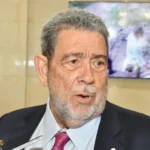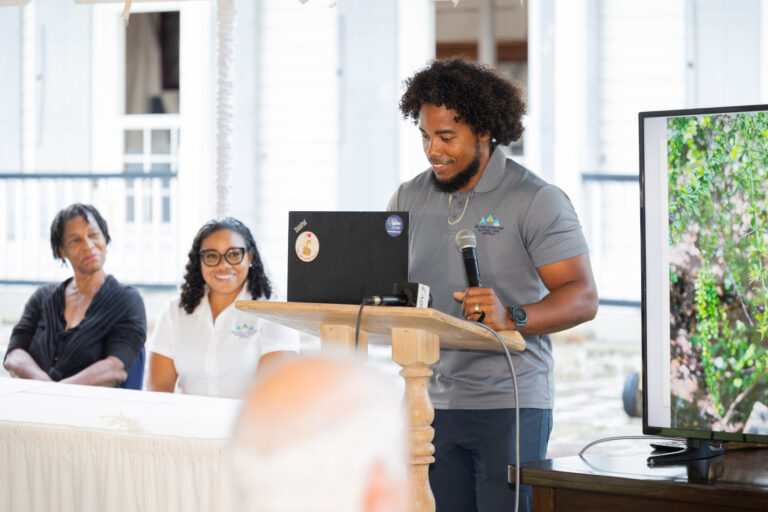The National Parks Authority has successfully completed a US$80 thousand grant project that introduced signifcant advancements to its ongoing work in the area of marine management in Antigua& Barbuda.
Funding for the Enhancing Marine Ecosystem Management in the Nelson’s Dockyard National Park project was negotiated and secured through the Marine Ecosystems and Protected Area Trust (MEPA), which supports the protection, recovery and efective management of protected areas across Antigua and Barbuda.
The three-year project was brought to a formal closure during an ofcial ceremony in the Antigua Naval Dockyard on Tuesday 7th March. The ceremony was attended by a number of community stakeholders and ofcials including Governor General’s Deputy Sir Clare Roberts.
Through the MEPA funded project, which was activated in 2020, the National Park was able to undertake a number of wide-ranging initiatives as part of the marine management project.
“The MEPA Trust was basically set up to support environmental initiatives through grant making, project and programme implementation as well as to be a sustainable fnance mechanism to support marine protected areas. We are very pleased to have the National Parks Authority as one of our pilot grants,” Chief Executive Ofcer of the MEPA Trust Sasha Middleton told the ceremony.
One of the major successes was the operationalizing of a marine vessel, purchased under a separate project through the International Union for Conservation of Nature and Natural Resources (IUCN).
The vessel, Acropora, was operationalised under MEPA through the purchase of a Boat Trailer, GPS Equipment, Marine Radio, Safety Equipment and Buoys.
The grant received from the MEPA Trust also signifcantly boosted the research and monitoring activities throughout the expansive marine area of the Park.
Other project activities include the collection of LiDAR data around the park, the introduction of marine biodiversity monitoring activities, conducting stakeholder outreach workshops and the installation of No-Prop zones, which prohibit propeller driven boats from moving through certain areas of the coastline.
The No-Prop zones at Galleon Beach and Pigeon Point have been created for the protection of the local community and safe vessel operation.
The project has also supported the National Parks Authority in its eforts to increase capacity and equip it with a better understanding of the marine ecosystem in the area.
In this connection, the closing ceremony featured the unveiling of a 3D diorama that showcases the unique vibrance, diversity and interconnectivity of the rich cultural heritage and environmental assets of the National Park. Conceptualized by team members of the National Park, it was built and designed by artist Emile Hill and Leudis Gittings.
“We now have an amazing 3D model of the National Park, where you can see the ecological resources, the cultural resources and the entire boundaries of the Park. So I wish to thank MEPA and the Caribbean Diversity Fund (CDF) because without their support we wouldn’t be able to display this amazing visual of the Park,” noted Ruleo Camacho, Marine Ecologist within the Environment Unit of the NPA.
The ongoing data collection work will ultimately help in creating a report on the status of the marine and coastal environment in the National Park. This process brings Antigua and Barbuda much closer to meeting its commitments under the Convention on Biological Diversity.
The National Parks Authority also continues to seek ways to improve its ability to meet its legal mandate of protecting and managing the ecological and natural resources within its boundaries.
A Marine Spatial Plan is in the works and will support these overarching goals in making sure the marine resources of the Park remain safe and accessible for all stakeholders and members of the community.










